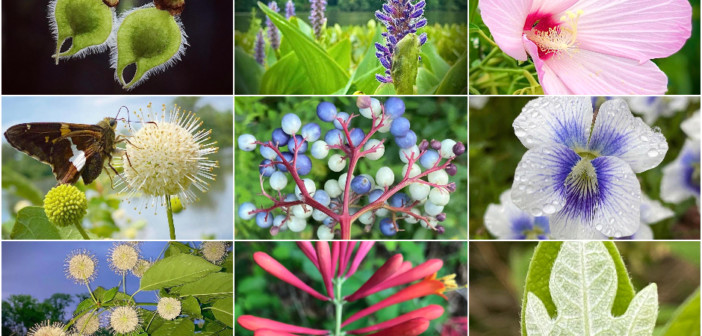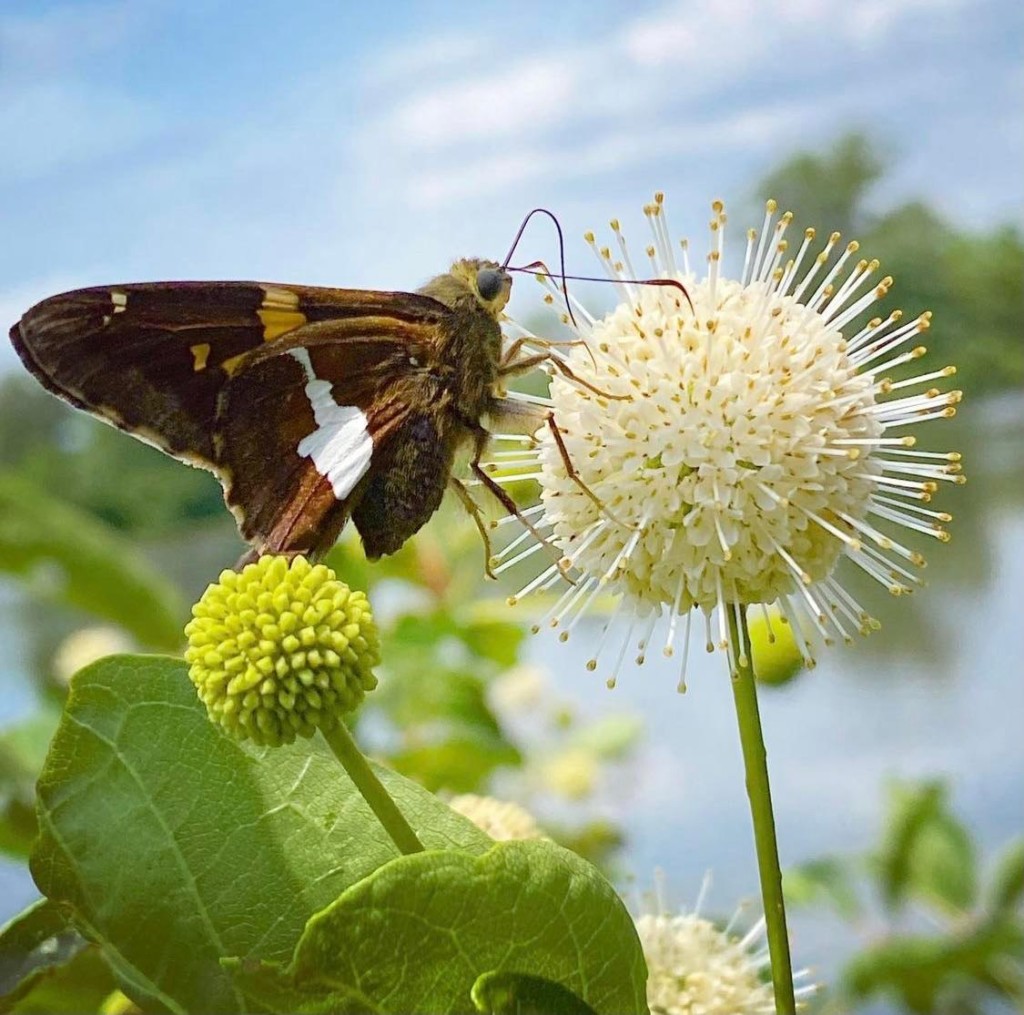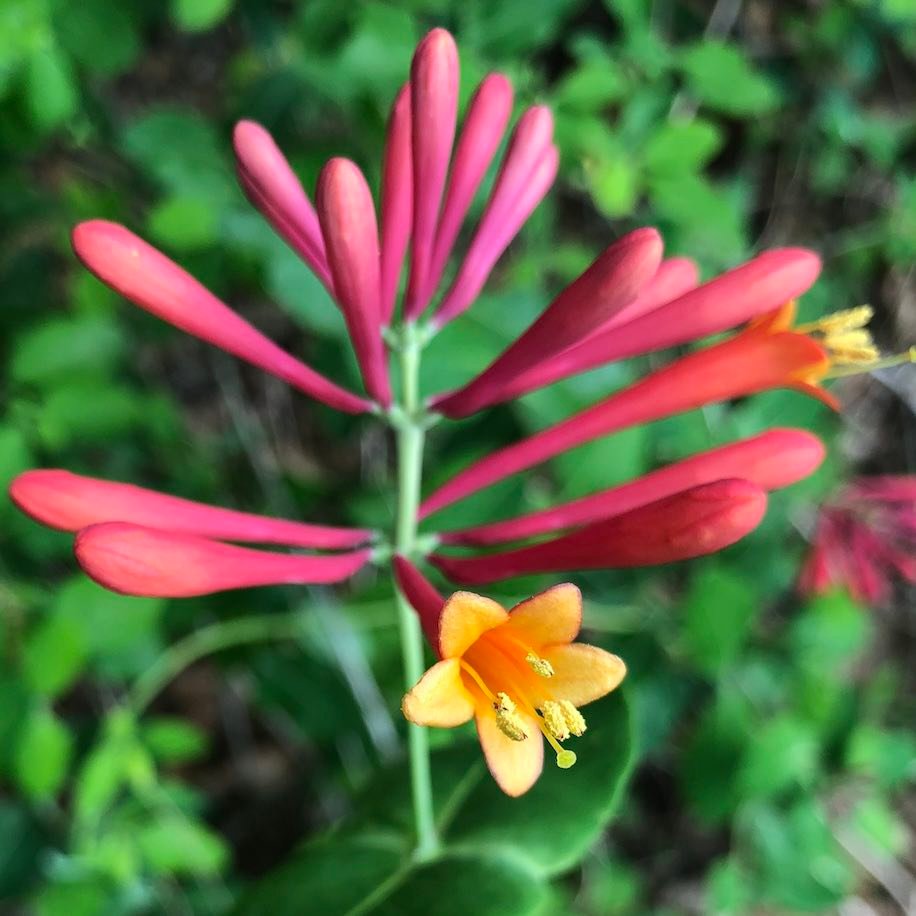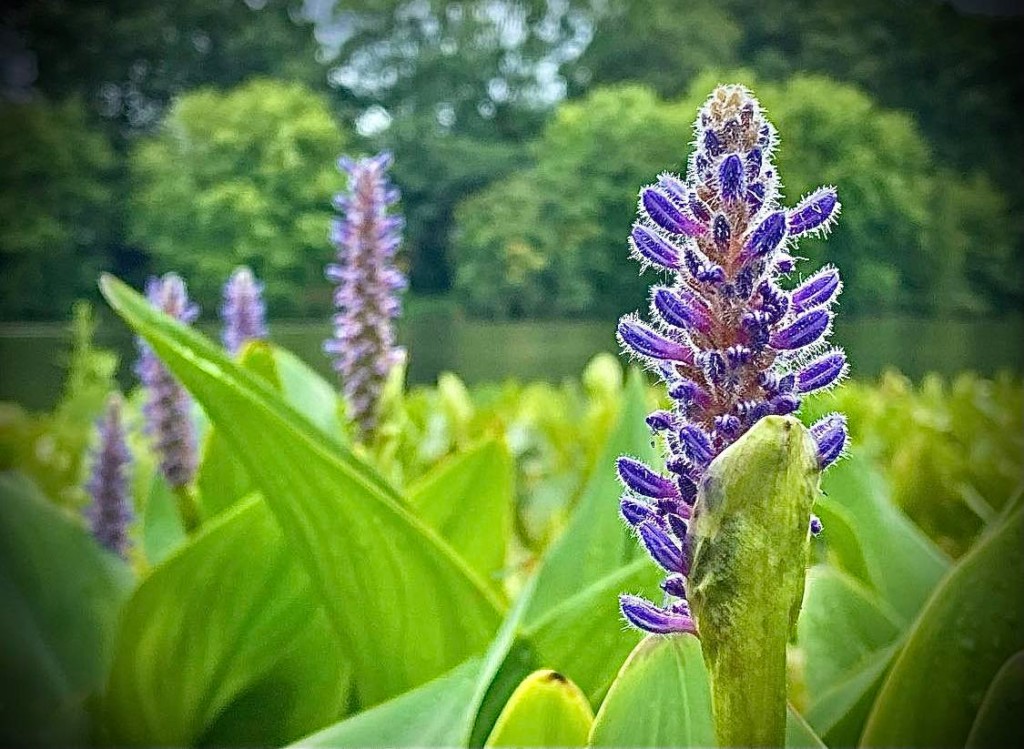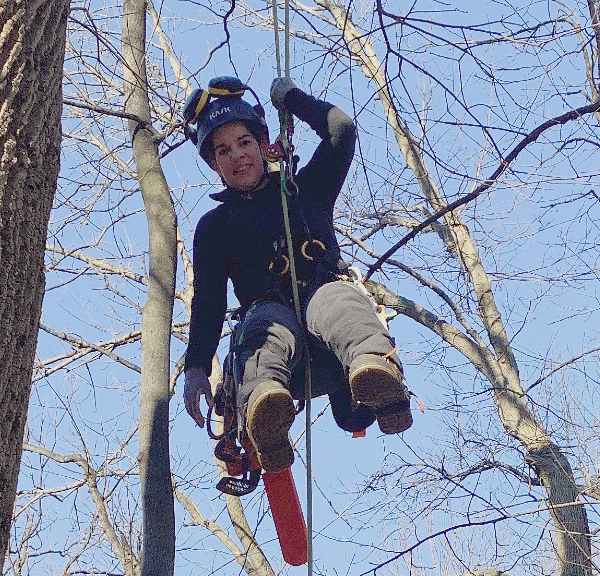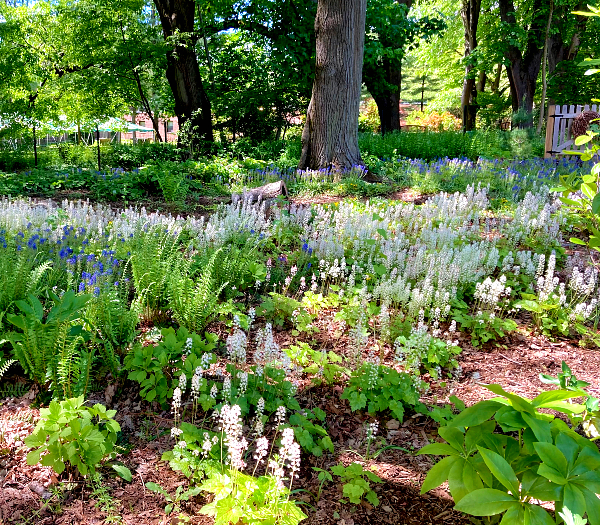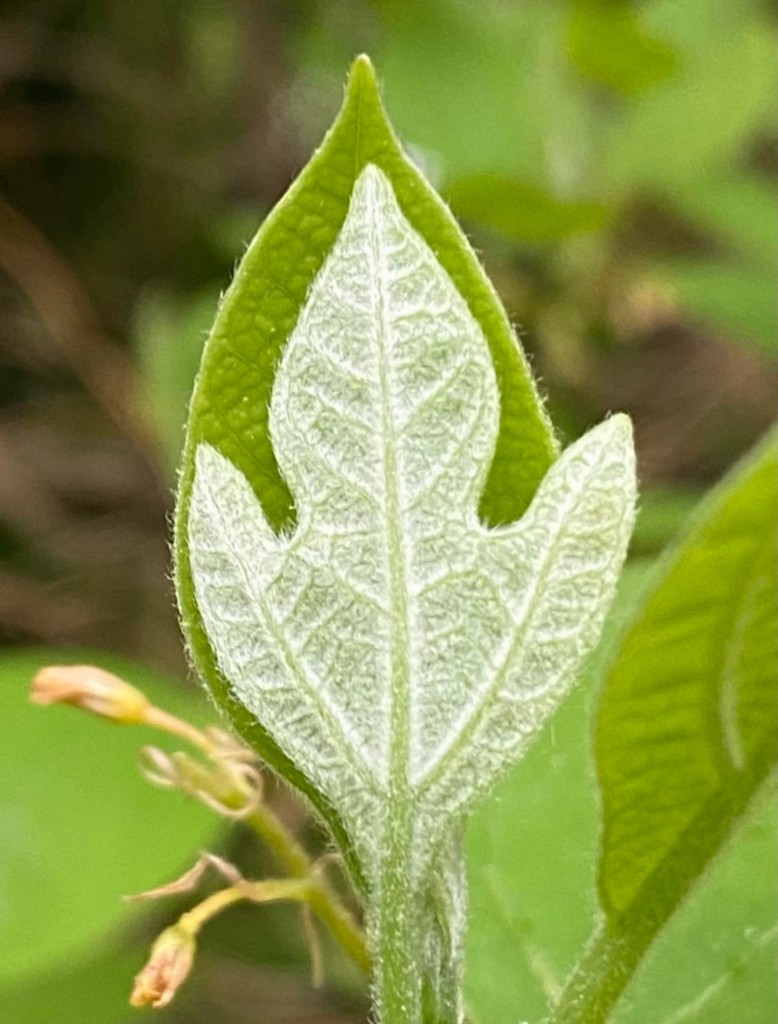A new state law establishing a native plants program hopes to bring ‘Jersey Fresh’-style branding and marketing to encourage the broader use and conservation of species originating in the Garden State.
By Matt Skoufalos | March 1, 2022
In January, Governor Phil Murphy signed into law a bill establishing the “Jersey Native Plants Program” within the state Department of Agriculture.
The law mandates that the department develop a program to:
- encourage and promote the sale of New Jersey native plants at retail garden centers and nurseries
- increase consumer awareness of the important role of native plants in the ecosystem through advertising campaigns and marketing programs
- provide for the dissemination of information about the variety and availability of New Jersey native plants
- create a labeling program to identify native plants as “Jersey natives” similar to the Jersey Fresh and Jersey Grown programs.
Among the 2,100 or so native plant species in the state are 19 “globally rare plants” and nine that do not live anywhere else on Earth, the language of the bill noted.
While also providing habitat and food for native wildlife, the preserved acreage in which many of these native plants live provide “ecosystem services” valued at $20 billion annually, including the production of natural resources, cleaning air and water, nutrient cycling, and more.
“Studies have shown that New Jersey is rapidly losing its native plants, with roughly one-third of those plants designated as endangered or of special concern by the State’s Natural Heritage Program,” the bill reads.
“Threats to native plants include habitat destruction caused by development and urbanization, pollution, and harmful invasive plant species.”
A spokesperson for the Department of Agriculture said the agency will work with the state natural lands management program through the Division of Environmental Protection, the Rutgers University Cooperative Extension program, and non-governmental conservation groups “to filter through the listing of all native species to those that could be marketable and usable in the trade.
“Educational materials need to be developed as well as a branding system to identify what species are native to the state as well as their habitat needs,” the department told NJ Pen.
“This material should be provided to consumers at the point of sale to help them decide to use natives or nonnatives in their plantings.”
By encouraging New Jerseyans to more thoughtfully preserve, propagate, and utilize its native species, the law is intended to support the state environment as well as its economy for years to come.
But before they come to the point of purchase, helping residents understand why native plant species are so important—including which species they are, and how to cultivate them—remains an ongoing challenge.
‘A chance to help people make better choices’
Conservationist Keara Giannotti, a Collingswood resident who runs Camp Creek Run in Marlton, laments what she described as a fading collective awareness of environmental knowledge, which she believes prior generations commanded more readily.
“The dilemma is that people have lost their cultural awareness of basic things,” Giannotti said.
“We don’t have a certain level of nature knowledge that people should just have,” she said.
“There are things in our local environment that should be part of our conscience, and they’re not.”
Giannotti believes that “nature needs a really good PR person” to bridge that information gap among those lacking outdoorsmanship skill, and to capture their interest in a productive way.
Beyond simply educating people about the wildlife with which they share their community, she argues that general knowledge about the natural world is important for its protection, specifically amid the influx of invasive species that threaten to crowd out New Jersey natives.
One of the primary contributing factors to the spread of invasive species is a phenomenon known as habitat fragmentation, which occurs when man-made or other processes disrupt or divide the ecosystem in which plants and animals make their homes. These can create edge habitats, where generalist, invasive species flourish, and native specialists may not.
When invasive species, which typically lack natural predators in the system to which they’re introduced, can then out-compete native ones, the result is a lack of biodiversity and a loss of local wildlife. At Camp Creek Run, Giannotti said it’s constant work to clean up invasive species at the edges of its 50-acre wildnerness preserve.
“What practically every invasive species in our neck of the woods does is come up really fast in the spring before other plants have a chance, and turns into a ground cover, and starts flowering and shading out all this other native flora,” Giannotti said.
“We have to be careful about which plants we’re planting and in which habitats.”
New Jersey is an incredibly biodiverse state, with varied ecosystems from the pine barrens and cedar bogs all the way to the mountains and ocean shorelines.
Timber rattlesnakes, for example, live in both the mountainous northern regions of the state and its southeastern pinelands.
They are endangered animals whose survival is threatened largely by human behavior.
Even beyond capturing them for resale or killing them out of fear, Conserve Wildlife Foundation of New Jersey notes that humans disrupt their habitats with redevelopment projects that can cause the snakes to abandon areas where they once gathered and previously flourished.
Although plenty of people may not mourn the loss of a venomous wild animal, the rattlesnake has a role to play in its ecosystem. In addition to controlling the population of small mammals that frequently hole up in human homes, research has shown that rattlesnakes can help spread seeds that those rodents consume, and which survive the snake’s digestive process.
It’s a microcosmic example of the complicated interactions among even the smallest living things in nature, and an illustration of the “ecosystem services” that humans receive from a healthy, functioning natural environment.
Giannotti described the decline in European honeybees, which help pollinate crops through their instinctive behavior, as an example of an ecosystem servicer that is threatened by the spread of habitat destruction. Alternative solutions to remedy their collapse are costly; moreover, native, smaller New Jersey bees that perform the same task of wildflower pollination are frequently harmed by the indiscriminate use of pesticides.
“There’s some plants that, without bees, we’d have to hand-pollinate, and that’s very expensive,” she said. “There are a lot of native, smaller bees, that live individually, in holes in the sand. They’re never going to sting anybody because they’re not defending a whole hive. There’s so many species of them, and those are doing all the work of pollinating our native plants.”
By doing the work “to raise everyone’s level of environmental literacy,” Giannotti hopes public education like the native plants law will help curb harmful, incurious human behavior, and provide economic incentive to support local natural habitat conservation. Starting at the neighborhood garden center as people begin to consider their spring planting is as good a place as any, she said.
“Beauty is important; that’s how people connect to nature, that’s why people are buying [plants],” Giannotti said. “But there are things we can buy that are just as beautiful, and they’re native. Butterfly bush has been cultivated so it grows different-colored flowers, but we have Joe Pye weed, which attracts just as many butterflies, and is native.
“Protecting native plants has a ripple effect in the whole ecosystem,” she said. “It’s a chance to help people make better choices.”
‘Start making relationships with the plants in your life’
Arborist Sherrilyn Billger is a Ph.D.-level economist who operates Eating for the Ecosystem, a landscaping and horticulture business that works to help people more closely connect with their natural and cultivated environments.
Billger believes that by fostering a more intentional relationship with local plant and animal life, the broader ecosystem can be strengthened for all its inhabitants through positive human interactions.
“We know there are so many benefits to having greenspace, and by just having a little more care with the plants we use, it’s good for our physical and mental well-being,” she said.
“If we include native plants with that, we’re just doing right by the world.
“The point is to really bring together research, education, and practice in plant healthcare,” Billger said; “too often, they operate separately. We don’t have a lot of hands-on educational experiences for professionals who are doing plant healthcare work.
“The research that’s happening takes a long time to get into practice in homeowners,” she said,” and there’s so much information to sift through, it’s hard to know what is going to be safe for the environment and how this actually works.”
Billger foresees challenges in not only educating New Jersey residents about the native species in their environments, but also in guiding what they do with the information. Despite passing the native plants bill into law in January, the state Department of Agriculture hasn’t yet determined much of the scope of its effect, including which species and habitats it will define as native, and which among those are suitable for cultivation and trade.
“There are some things that complicate trying to get more people to use native plants; one is that there isn’t a standard definition of what native is,” Billger said. “There are a lot of ornamental plants that we use in this area that are cultivars of something [because] the straight species isn’t available, and some people would argue that the cultivars aren’t doing everything that the straight species is doing.
“It just depends on how they are defining the plants that will be able to get this labeling if they really are doing the good things for the ecosystem and environment that they are supposed to be,” she said.
Billger also noted that although there’s been increased demand for native plants from both retail and wholesale gardening centers, natives are in short supply.
She’s hopeful that the new law will encourage growers to include more native plants in their inventory, not least of all to discourage what she described as a “pretty strong myth” that invasives can help gardeners create a more attractive, low-maintenance landscape.
But getting there especially will require educating retailers at the point of sale.
“I believe more people get their information about plants when they go to a place and start asking the people who work there, ‘What can I put in?’” Billger said.
“As much reach as this program might have, there’s a lot more interaction with people who need to learn this at the garden centers maybe than anywhere else,” she said. “It would be great if this actually encouraged more growers to include more natives in their stock.”
Billger also said that her academic background in economics leads her to embrace “a little bit of healthy skepticism” about the commercial interests outlined in the language of the native plants law.
“There are things in place [in the law] that are specifically to benefit businesses,” she said. “We have a long history in this country of regulation being captured by certain interests.
“I don’t know what the motivation for it is,” Billger said. “It could be that it’s coming from a good place. I hope that there’s more involved here than just the Department of Agriculture.”
For home gardeners who want to get a head start on identifying which native plants would be a good fit for their properties, Billger recommends connecting with local experts. In Camden County, a certified gardener program at its Office of Sustainability in Blackwood offers 60 hours of training in exchange for 60 hours of volunteerism. Programs like these leverage a community knowledge base that can help foster a deeper connection to the local ecosystem among environmentalists of all kinds.
“I am all about the strength of the ecosystem, and what is the space that we have, and how do we make it work for everybody who lives there,” Billger said.
“That includes people, animals in the household, critters who come through, the pollinators, and the plants.
“Start making relationships with plants in your life,” she said.
“What do they look like? What do you notice? Start paying attention.”
Giannotti is similarly optimistic that the native plants law can help New Jersey residents form deeper connections to the natural world around them.
“For your average person who’s out there shopping, labeling may make them stop and think about something they’ve never thought about before,” she said.
“I feel like people innately do want to do the right thing; there are certain things that unite people, and I think nature is one of them,” Giannotti said. “As an environmentalist, I just want to make sure that it’s being implemented correctly, and that the Department of Agriculture is talking to our experts and protecting the native species that are out there.”
Please support NJ Pen with a subscription. Get e-mails, follow us on Facebook, Twitter, and Instagram, or try our Direct Dispatch text alerts.

